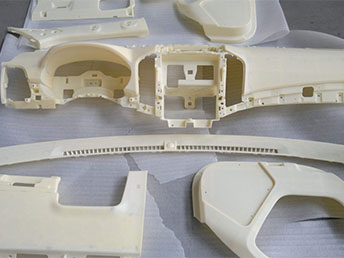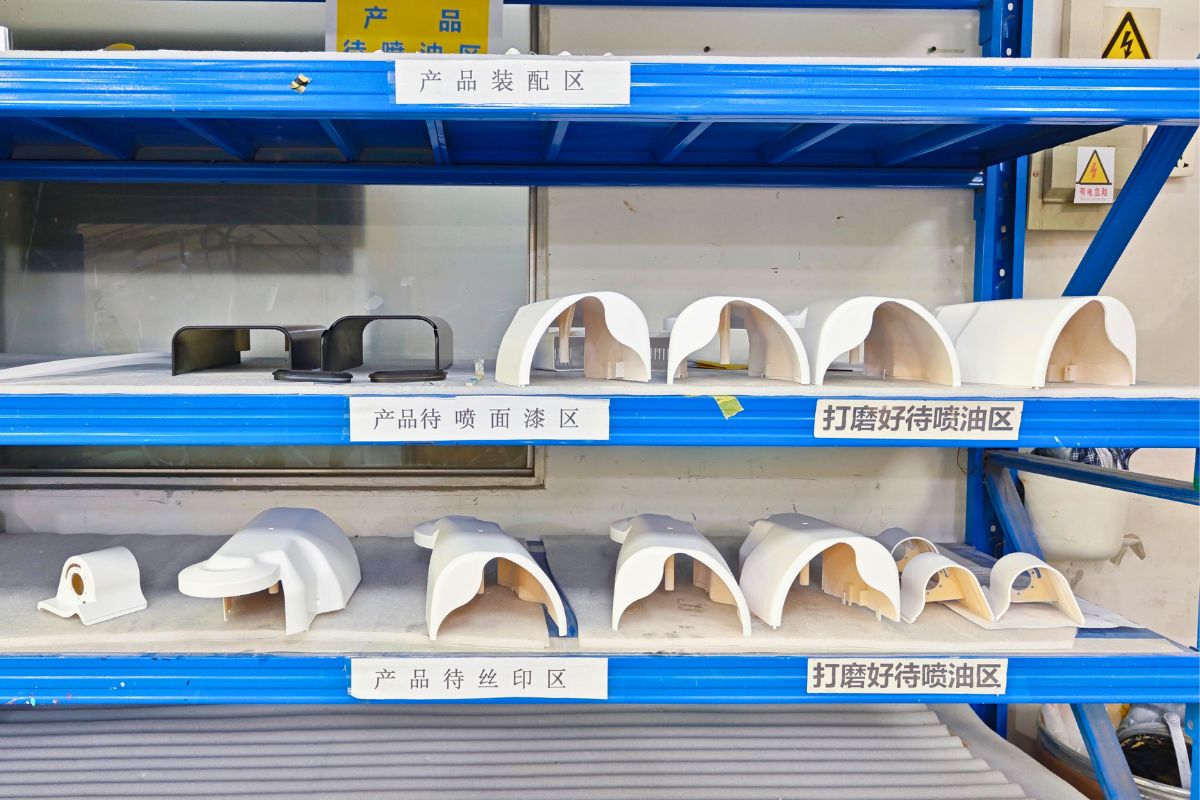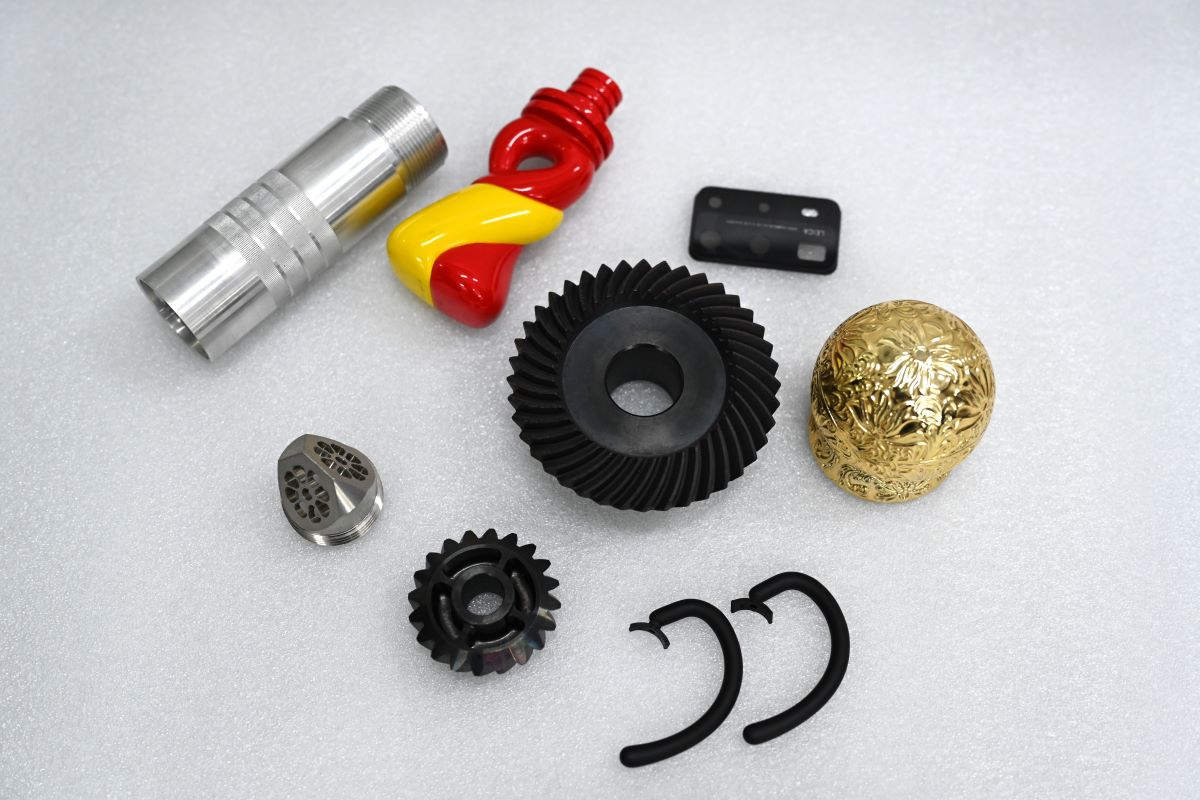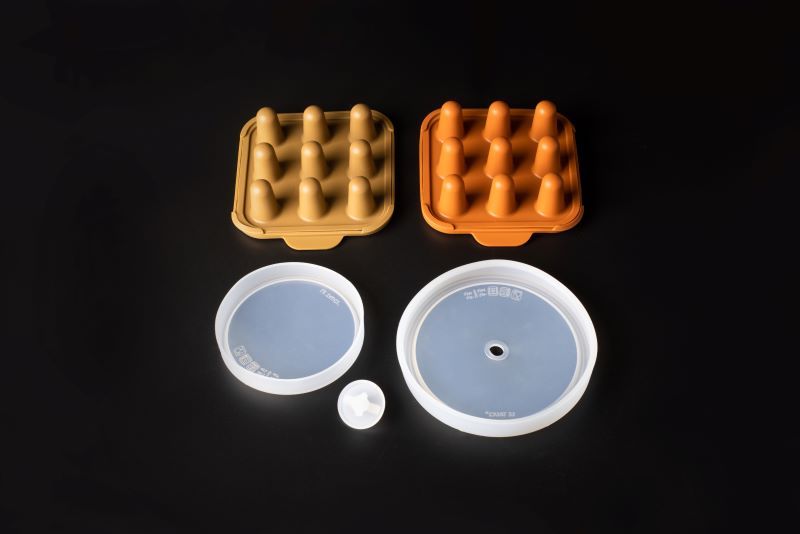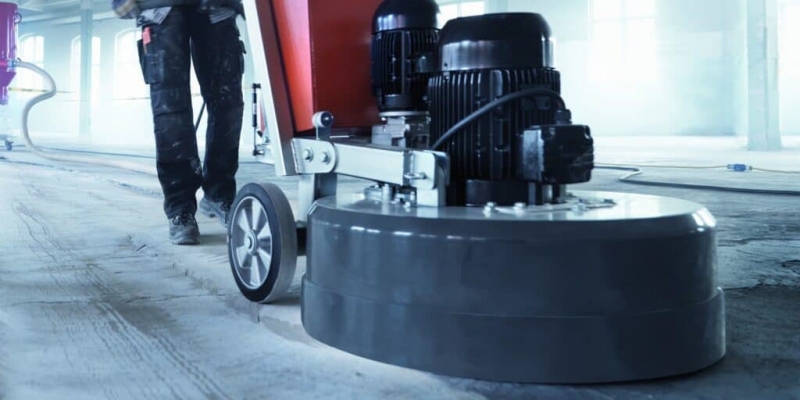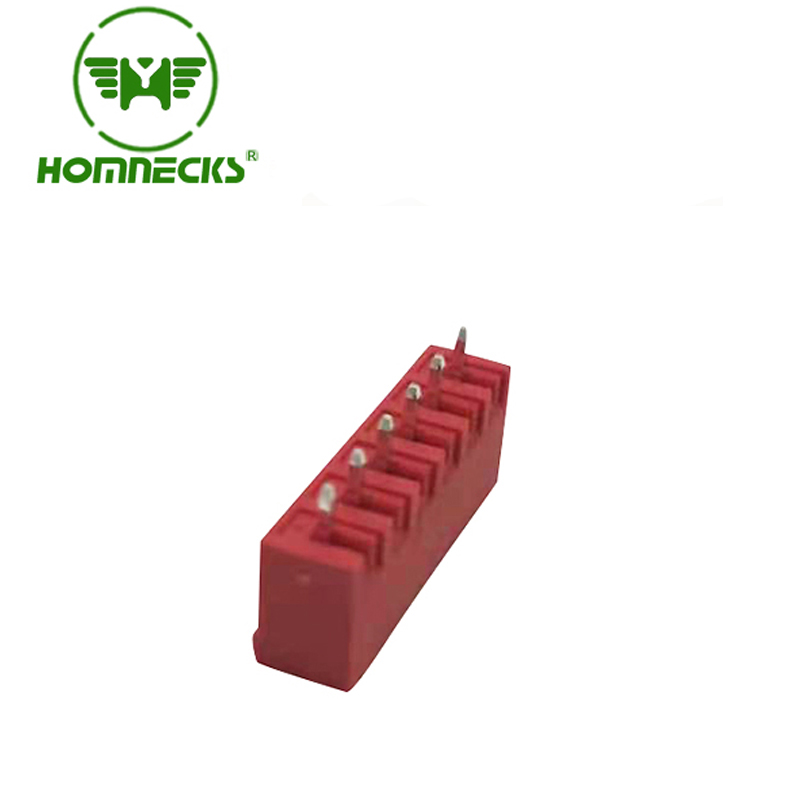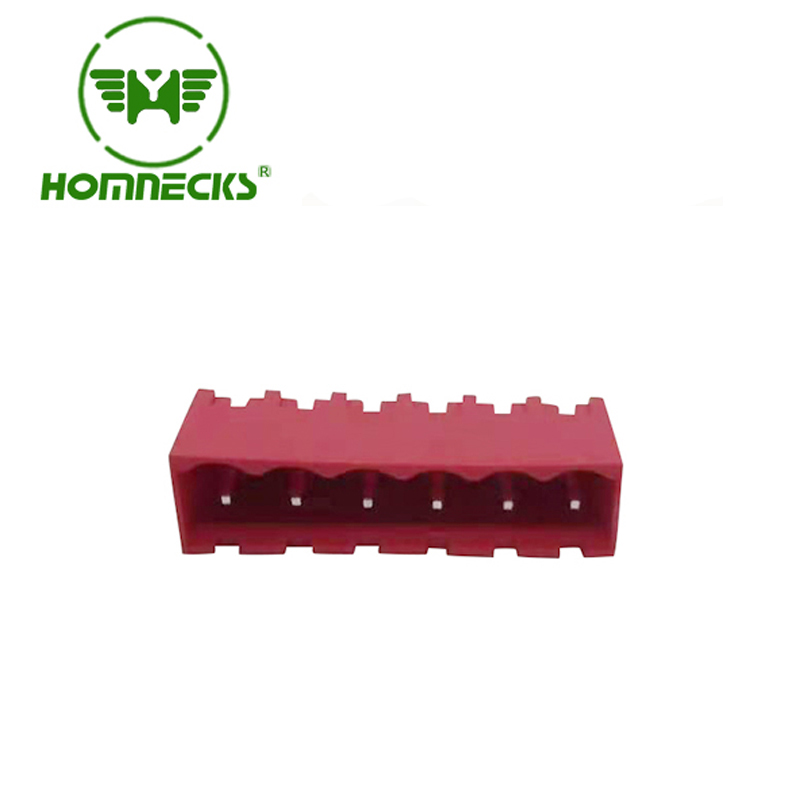Understanding Spray Coating A Key Process for Enhancing Your Components
Spray coating, also known as spray painting or coating, is a widely used process in manufacturing and production that involves applying a thin layer of coating material to a surface. This process is commonly used to improve the appearance, durability, and performance of a wide range of components, including plastic, metal, and composite materials. Whether for aesthetic enhancement or protective purposes, spray coating is essential in many industries, including automotive, electronics, and consumer goods.
Key Considerations in the Spray Coating Process
While spray coating offers numerous benefits, there are some critical factors to consider to ensure the desired results. First, the surface preparation is crucial. Any dirt, grease, or oxidation must be cleaned thoroughly before spraying to ensure proper adhesion of the coating. Additionally, the type of coating material—whether it's a powder, liquid, or specialized paint—must be carefully selected to match the material and intended use of the component. Another consideration is the consistency and thickness of the applied layer, which needs to be uniform to achieve both functional and aesthetic quality.
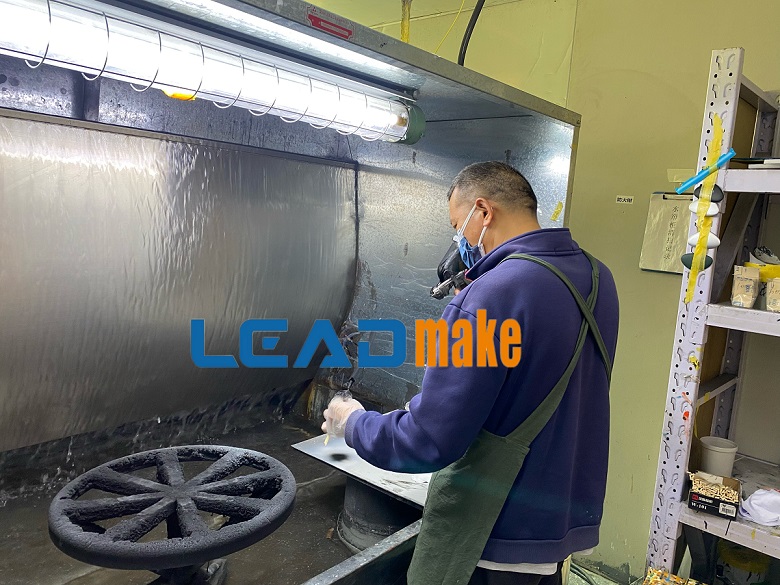
The Advantages of Spray Coating
Spray coating provides several significant advantages, making it a preferred method for enhancing the surface properties of components. First, it allows for a high level of precision and customization, with the ability to apply a wide range of colors, textures, and finishes. Additionally, spray coating can offer excellent protection against corrosion, wear, and other environmental factors, extending the lifespan of parts. This process also helps in achieving a smooth and uniform finish, which is particularly valuable for products with high visibility or those requiring a high-quality appearance.
Why Choose Us for Your Precision Parts and Prototyping Needs
At LEADMAKE, we specialize in precision parts manufacturing and prototyping, offering a range of advanced processes, including spray coating. Whether you need a high-quality surface finish for a production run or require a custom coating for your prototype, we can deliver reliable, top-notch solutions tailored to your specific requirements. Our experienced team ensures the highest standards of craftsmanship, and our state-of-the-art equipment guarantees the best results. Contact us today to discuss your precision machining and prototyping projects—we are ready to help bring your ideas to life.
